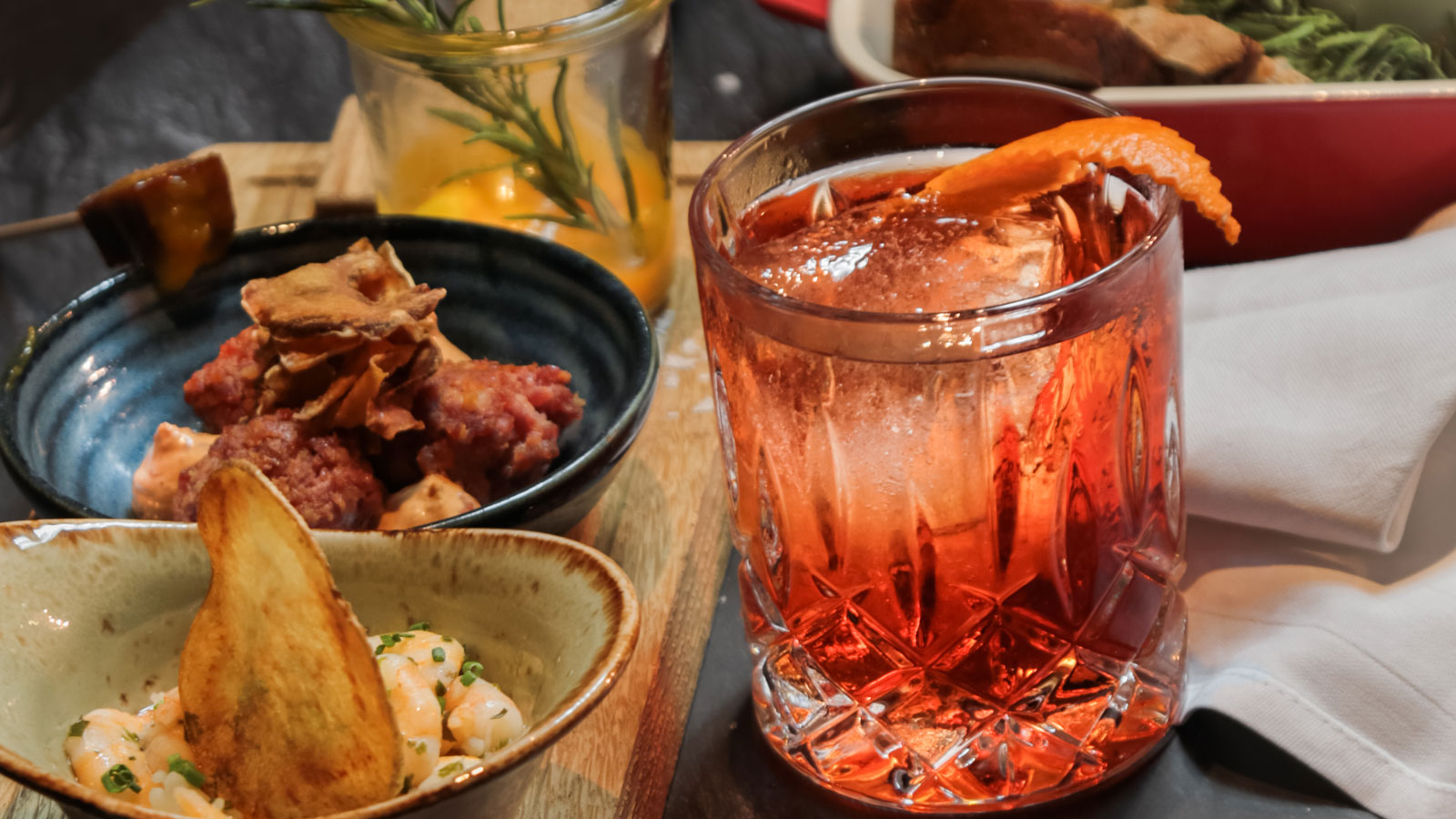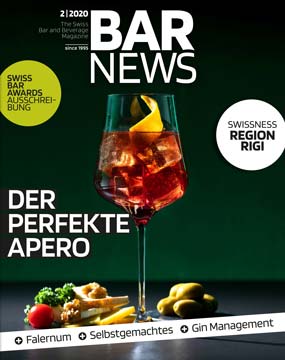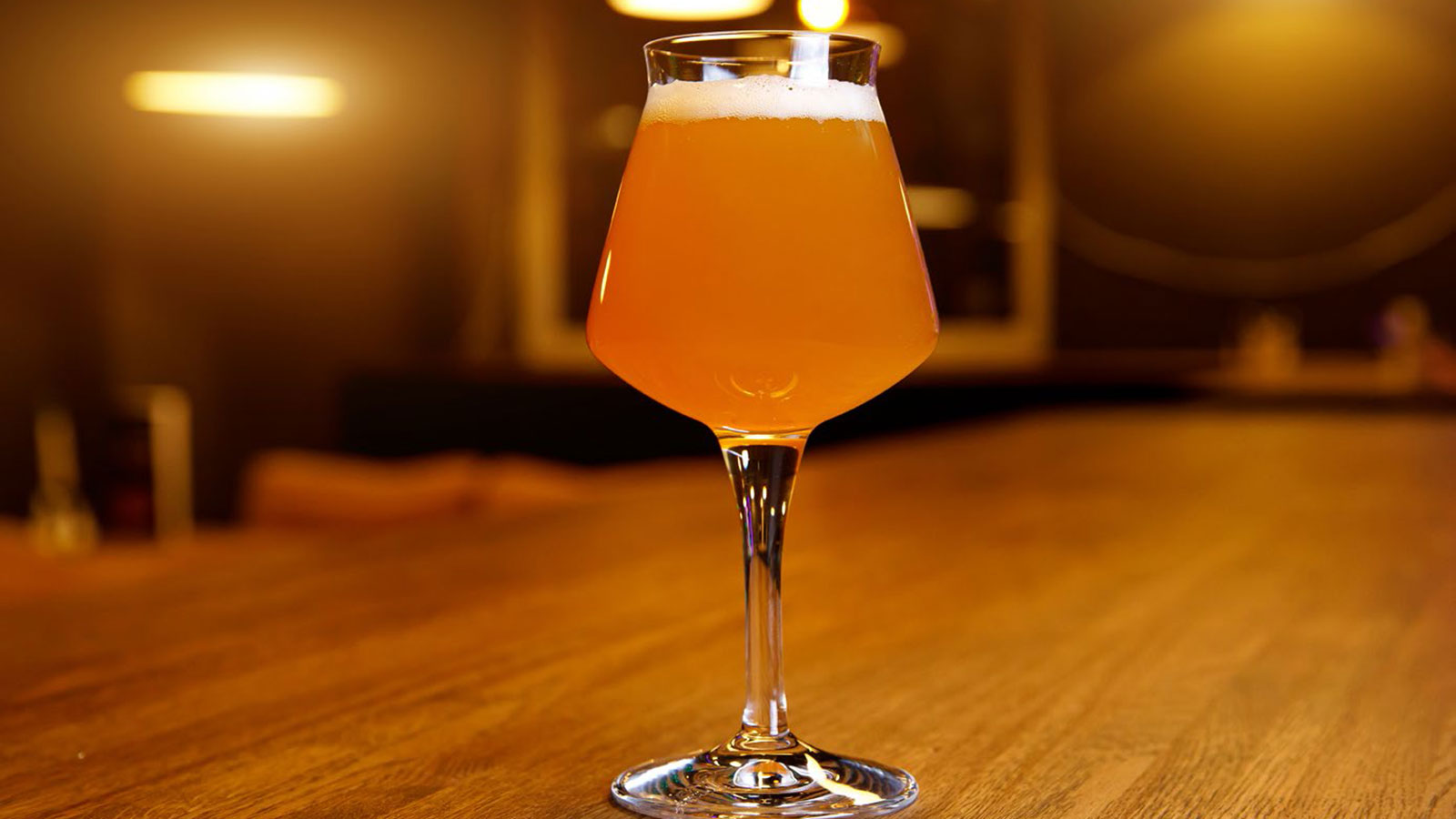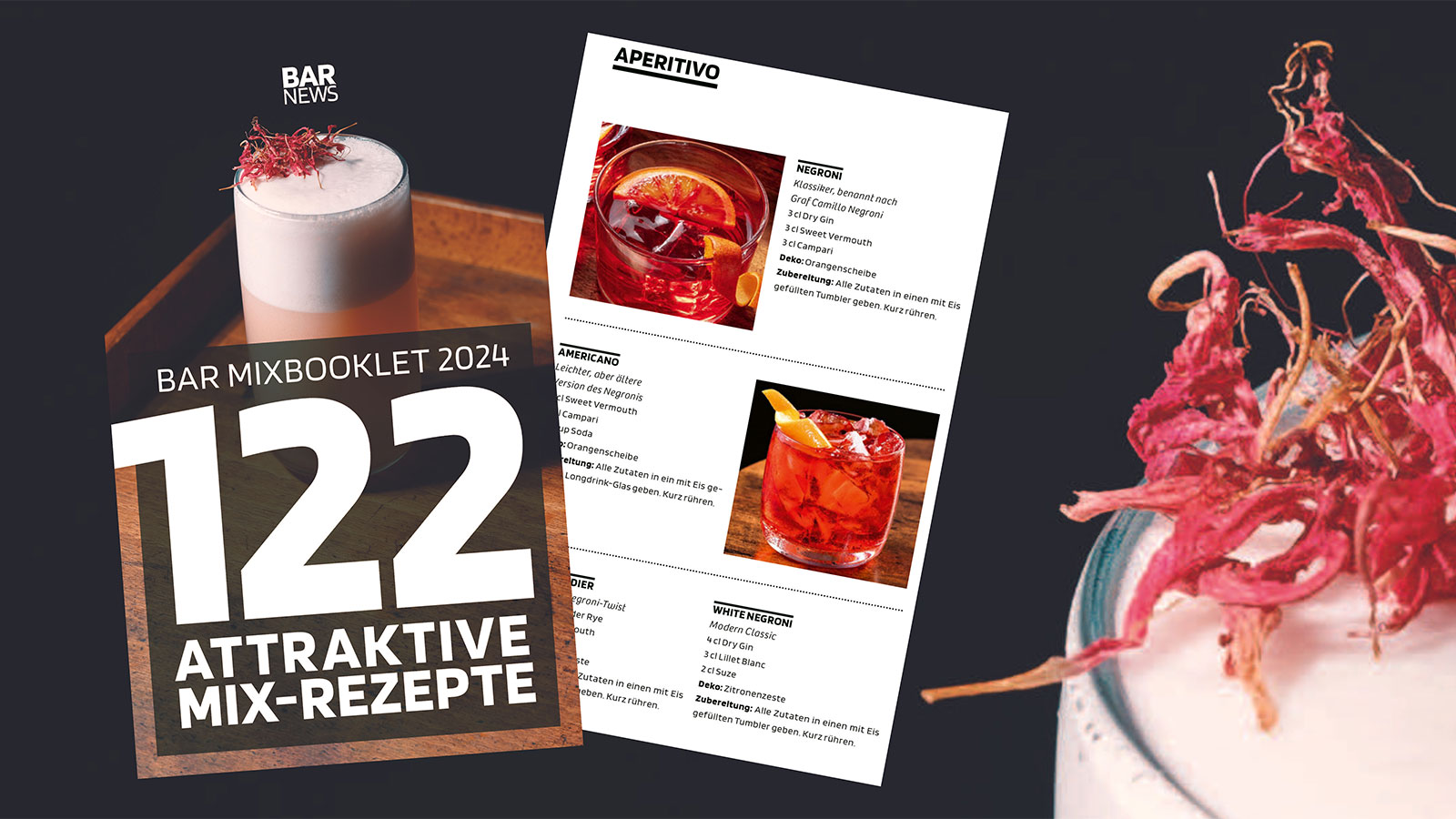Here is our menu. Would you like an aperitif first? - the service staff asks us. The setting makes it clear that she doesn't mean the Apéro Riche, which you eat standing up and consists of finger food, white wine and orange juice: we are sitting in a restaurant.
The house aperitif in the restaurant, often a simple spritz or kir variation of a fruit juice, puree, liqueur or syrup, filled with Prosecco, decorated with a slice of orange. The aperitif in the restaurant, which is limited to one drink and with which we toast while waiting for the meal, is probably the simplest variant of the aperitif.
If, on the other hand, you invite your friends to an aperitif, they expect something to eat as well as liquids. Not a four-course meal, but at least peanuts and chips. Dried meat, cold cuts or some cheese with bread are also welcome - the classic aperitif plate, as seen in many places.
Often the regional meats and cheeses can be found on them. Tête de Moine from the Jura, Hobelkäse from the Bernese Oberland, Formaggini from Ticino or spicy mountain cheese from the Alps - Bündnerfleisch, sausage specialities or Burehamme for the carnivores. The somewhat smaller version of the Apéro-Plättli consists of a few cubes of hard cheese such as Sbrinz, Grana Padano or Parmesan, marinated olives and dried tomatoes.
Dips such as guacamole or hummus, which are eaten with corn chips or bread or vegetable sticks, are also very popular. If a bar has a small kitchen or is part of a hotel, food can often be eaten there - from simple bar food to multi-course meals.
Time for the aperitif
The aperitif is different from a simple after-work beer. Michael Kampmann, bar manager of the Cinchona Bar at the 25hours Hotel on Zurich's Langstrasse, is convinced of this: "People come together and take their time. On the other hand, when people talk about an after-work beer, they go somewhere specifically, drink their thing in fifteen minutes and then leave."
The closer the weekend, the better the aperitif business. Mondays in particular are often even less busy - probably another reason why many bars stay closed on this day of the week.
Bars like the bar in the Grand Hotel Les Trois Rois in Basel benefit from this: "We are in the fortunate position that our bar is always well frequented - even on weekends, of course. But even on a Monday it can be very busy - perhaps because many other bars are closed," says Thomas Huhn, bar manager of the luxury hotel in Basel.
We are in the fortunate position that our bar is always well frequented - also at the weekend, of course. But even on a Monday it can be very busy
Thomas Huhn, Bar Manager Grand Hotel Les Trois Rois, Basel
As the weekend approaches, the guest structure of after-work guests is increasingly mixed with students, parents with prams and party-goers. Especially on Saturday, the aperitif starts a few hours earlier in many places - but you see fewer people in suits who come straight from work. A suitable atmosphere is very important for a successful aperitif. The music can be a little quieter and more relaxed, the light a little brighter, so that the guests can talk to each other well.
Those who have been sitting in front of the computer all day in the office also enjoy a few moments outside (as soon as the weather permits). The hotter it is, the more people are drawn to the sun after work and, if possible, to a cooling lake or river. In Solothurn, for example, where the centre of the old town runs along the Aare, there is always a bustle of activity during the sunny aperitif hours.
"It's part of Solothurn's culture to meet after work for a beer or an aperitif," says Sabrina Knittel from Solheure. The bar, where you can have the classic Apéro-Plättli as well as various meals, is strongly oriented towards the Apéro business. When the weather is nice, the bar benefits from a large outdoor area. Many locals can also be seen sitting on the Aare wall with a round of beers.
"When it's sunny and warm outside, people want to drink outside," says Romain Tritsch of the cocktail bar "Le Comptoir" in Lausanne. Since the bar has no outdoor seating, it runs better when it's not too hot. Nevertheless, the aperitif business should not be underestimated at Le Comptoir either - even if, according to Romain Tritsch, it only accounts for about 20 % of turnover.
In his bar, Barkeeper makes sure that the lights are a little brighter and the music a little quieter or quieter during this time, so that people can have a good chat. In French-speaking Switzerland, the aperitif culture is more influenced by France than in German-speaking Switzerland. Here, more white wine is drunk "et on partage ", which means that people not only share a moment together, but usually also a bottle of white wine...
But no closing time? The aperitif as a networking event
A special form is the networking aperitif. Here, the two or three glasses primarily serve the purpose of a social lubricant. Business cards are to be exchanged, business deals concluded are to be toasted. Such aperitifs usually take place at the beginning or end of an event.
But regardless of whether it is an opening, a seminar, a congress or even a wedding - aperitifs that fall into this category have one thing in common: the guests stand. This has the advantage that a) a guest can change conversation partners in no time and b) can help himself to the hot and cold appetisers that are available on the bar tables or the bar.
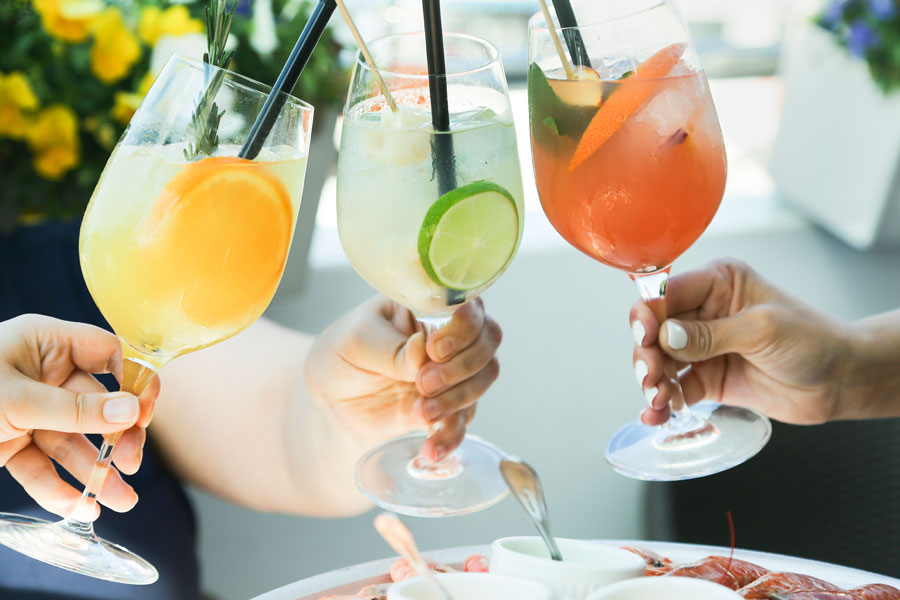
Mr and Mrs Swiss like to toast each other. And it is good manners to have a sip afterwards before putting the glass down. This is why lighter drinks with less alcohol - such as white and sparkling wines or spritz variations - are particularly suitable for such aperitifs.
These drinks also have the further advantage that they are often served in glasses with stems. These glasses not only look nice, they can also be held in the hand for longer periods of time without the contents warming up. Let's look forward to quieter times and warmer evenings to enjoy the best part of the day with our loved ones. Let's toast to ourselves and at the same time to a piece of cultural heritage: the aperitif.

